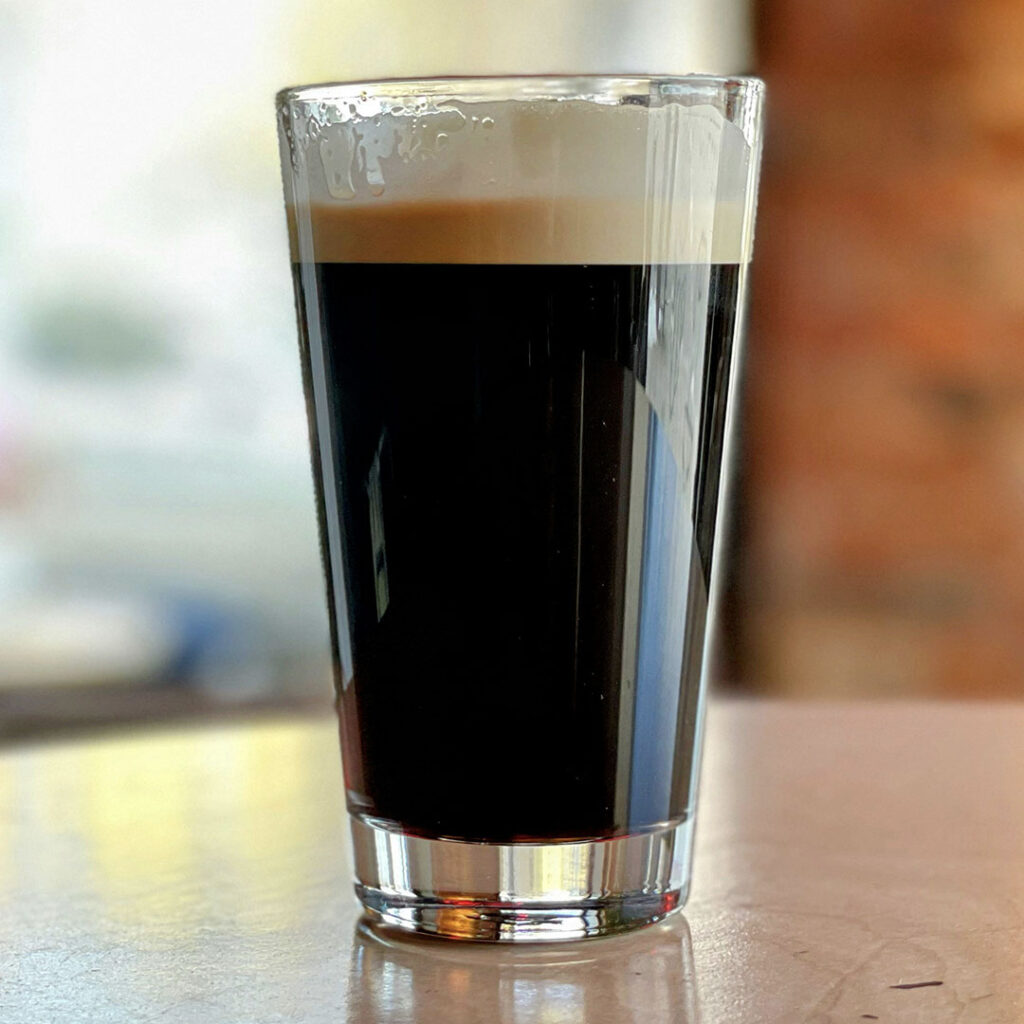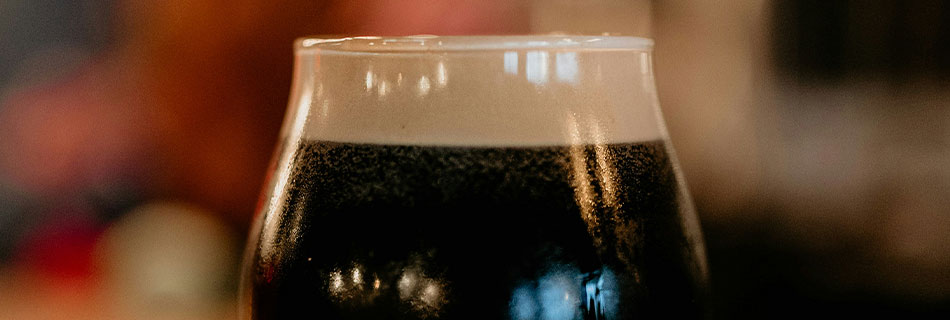Porters emerged as a bold response to the lighter pale ales. Dockworkers and street porters in England quickly embraced the style, making it the beer of the working class in the 18th century. Over the years, different Porter styles arose.

In the 1800s, the invention of the roaster revolutionised brewing, allowing brewers to enhance complexity and create deeper, richer flavours. Since then, Porter has never stopped evolving, adapting to new ingredients, techniques, and consumer tastes. Yet, like many traditional styles, Porters vanished after World War II. Thankfully, the craft beer movement brought them back stronger than ever.
Today, craft brewers push boundaries, creating bold, modern interpretations that blur the lines between Porter and Stout. Despite this innovation, we want to take you back to Porter’s roots and explore its classic variations.
Brown Porter (English Porter)
Brown Porter first appeared in England in the early 1700s. Some believe it developed from a blend of three beers – Pale, Mild, and Stale Ale – while others argue it simply evolved as a darker take on English Ales. Either way, it remains the lightest and most approachable Porter, with lower bitterness and a smooth, easy-drinking character.
This style delivers a creamy mouthfeel with rich caramel sweetness. While often seen as the forerunner to Stout, it lacks the burnt or overly roasted flavours. Some older versions even included Brettanomyces, adding a funky twist. The grain bill typically features caramel, chocolate, and a touch of black malt for depth.
Robust Porter (American Porter)
Bolder, roastier, and stronger than Brown Porter, this style emerged as an American take on the traditional English version. During the craft beer boom, brewers dialled up the intensity, creating what’s now called Robust Porter or American Porter.
This style is hoppier, darker, and more intense. Expect big coffee and chocolate notes, balanced by the caramel sweetness of crystal malts. Unlike Stouts, Robust Porters skip the roasted barley, keeping their bitterness in check. Some versions even introduce biscuity or bready flavours for extra complexity.

Baltic Porter
Baltic Porter was one of the first internationally traded beers. When England exported Porter to the Baltic region, locals fell in love with its bold character. Since these colder countries brewed mostly German-style lagers, brewers adapted Porter into a bottom-fermented lager.
They didn’t just tweak the yeast – they amped up the strength and complexity, crafting the powerful, full-bodied Baltic Porter we know today.
Imperial Porter (Double Porter)
Like many beer styles, Porter has an Imperial or Double version, meaning more malt, more hops, and a higher ABV. Imperial Porter is the heaviest, richest, and boldest in the family, bursting with roasty chocolate and coffee flavours. Some versions also introduce dark fruit notes, adding another layer of complexity.
Other Porter styles
Porter’s versatility has inspired countless variations. Here are two of the most notable:
- Coffee Porter – Many Porters naturally hint at coffee, but some brewers take it further by adding actual coffee beans during brewing.
- Smoked Porter – This version features smoked malt, giving it a deep, smoky aroma and flavour.
Porter’s rich history, adaptability, and depth make it one of the most exciting beer styles. Whether you prefer a smooth Brown Porter or a bold Imperial version, there’s a Porter for every beer lover.


